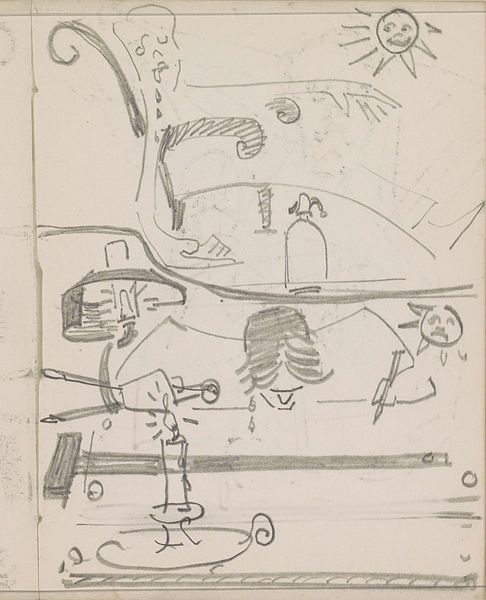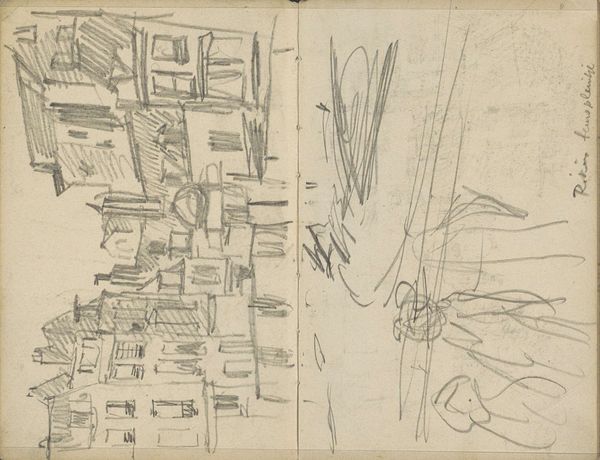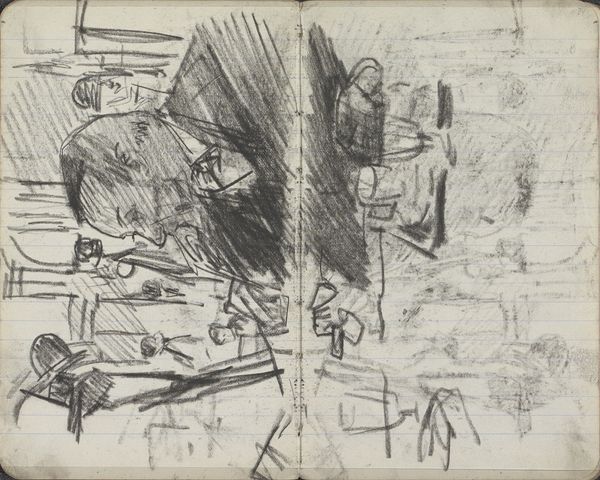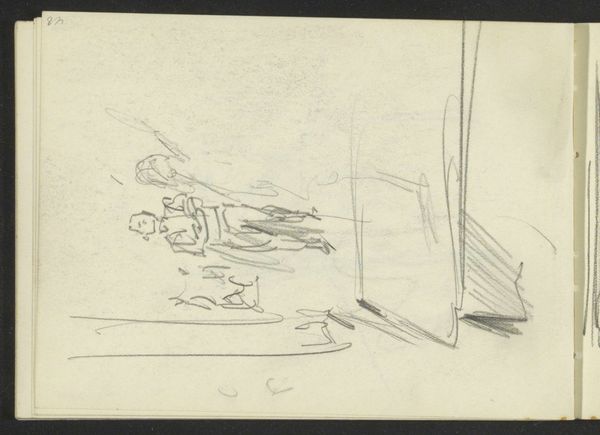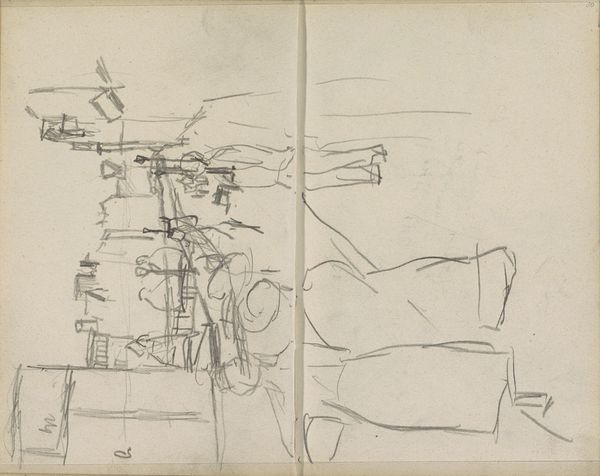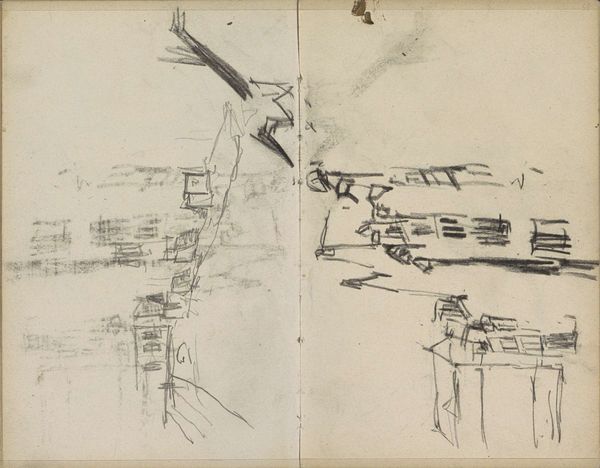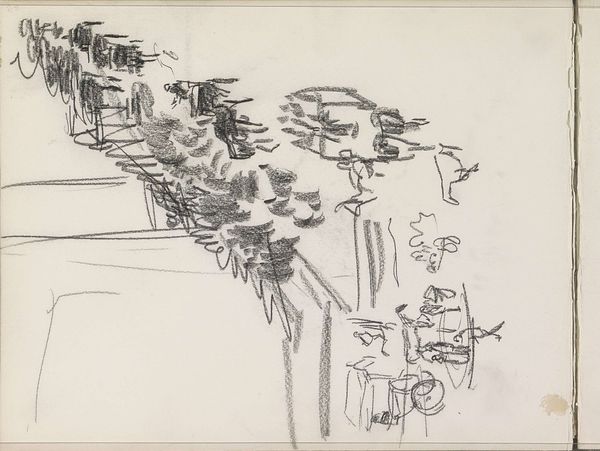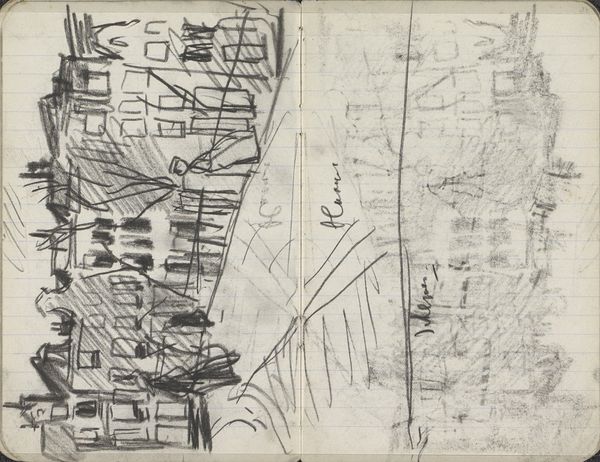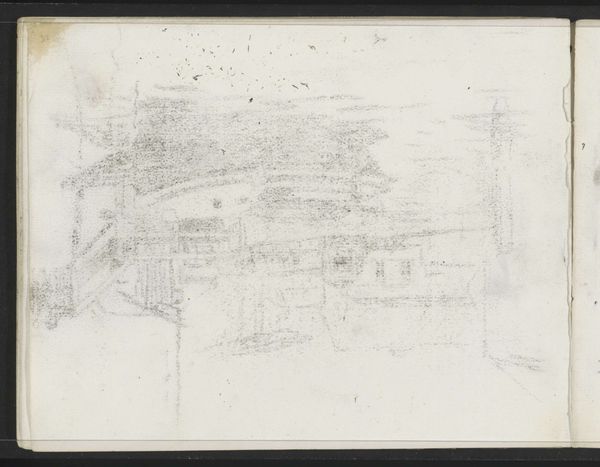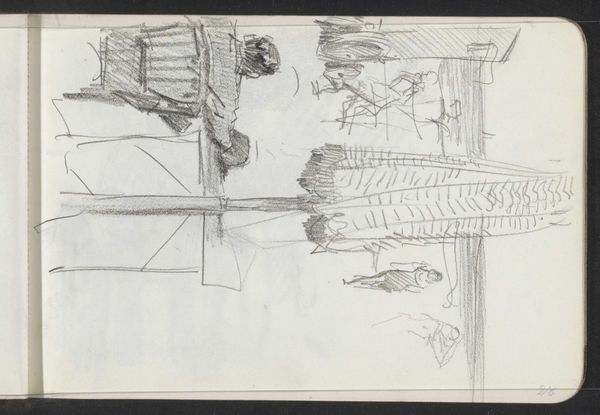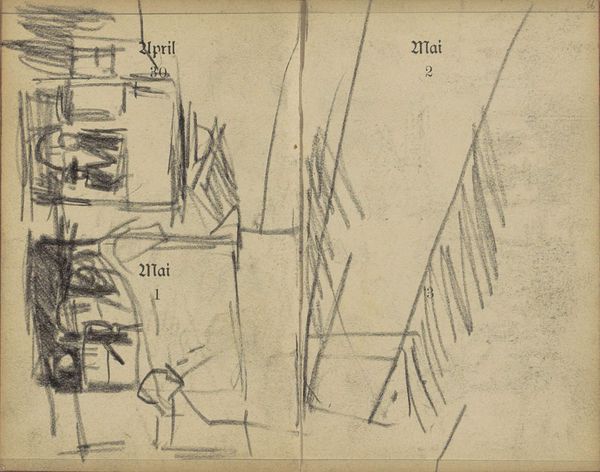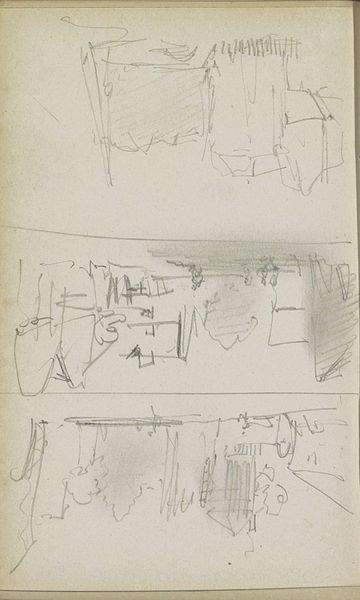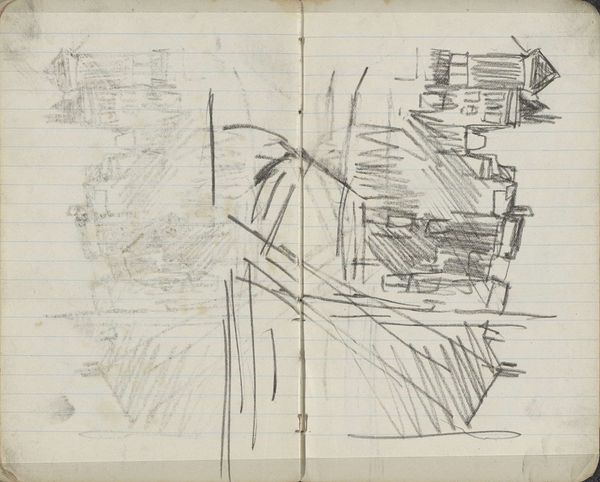
photography, gelatin-silver-print
#
black and white photography
#
landscape
#
social-realism
#
archive photography
#
street-photography
#
photography
#
gelatin-silver-print
#
monochrome photography
#
pop-art
#
monochrome
Dimensions: overall: 25.3 x 20.4 cm (9 15/16 x 8 1/16 in.)
Copyright: National Gallery of Art: CC0 1.0
Editor: Here we have Robert Frank's "Guggenheim 316--Arkansas" from 1955, a gelatin silver print showing a contact sheet of images. The density of pictures almost overwhelms you, though there seems to be an overall melancholy tone. What catches your eye, or how do you interpret this visual cacophony? Curator: Well, the very format speaks volumes. Contact sheets are normally a behind-the-scenes look, the raw material from which final photographs are chosen. By presenting it as the finished piece, Frank elevates the everyday. But notice how recurring images--cars, signs, groups of people--take on the aura of symbols when repeated. What do *they* tell us about 1950s America? Editor: That's interesting... So, like the Safeway sign or those massive cars, their recurrence creates a symbolic representation of consumerism and mobility? Curator: Precisely! And observe the high-contrast, almost brutal, aesthetic. It's not glamorous. These aren't the postcard images of the American Dream. Instead, Frank confronts us with a less polished, more complicated truth, and that contrast amplifies the impact of these symbols. Can you sense the tension he is creating? Editor: I do, now that you point it out. I initially perceived it as simple documentation, but you are suggesting that the presentation and repetition turns common images into meaningful cultural symbols, viewed through Frank’s critical eye. Curator: Exactly. And remember, these weren’t isolated choices. Frank constructed his narrative consciously. Think about the cultural memory of road trips and how consumer culture affects ordinary life. Does it change how you view similar images of the American landscape now? Editor: It does. It encourages me to look beyond the surface and ask what values these images are truly representing. Thank you for clarifying the meaning! Curator: The pleasure is mine. Robert Frank is truly an original who taught many viewers and photographers the power of a single still and especially a body of work, speaking symbolically to society, its hopes and values.
Comments
No comments
Be the first to comment and join the conversation on the ultimate creative platform.


